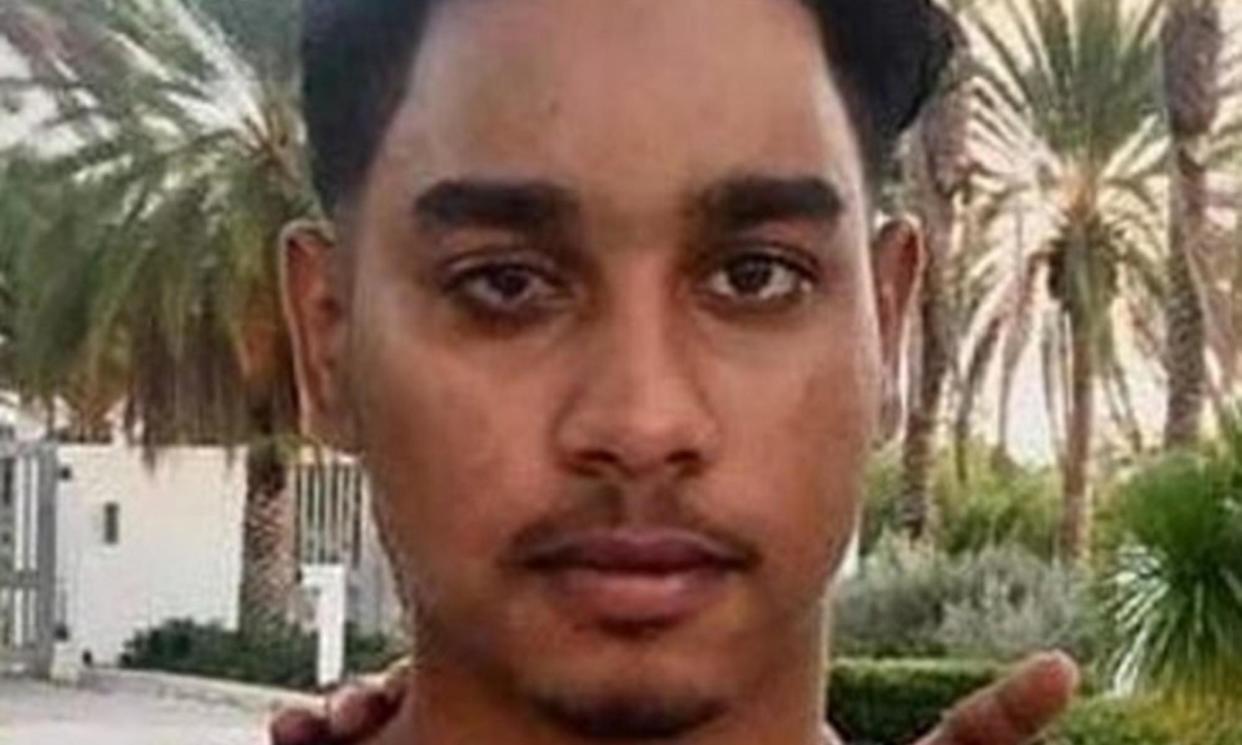Wolverhampton guilty verdicts raise issue of naming child killers

The guilty verdicts in the trial of two 12-year-olds for killing Shawn Seesahai in Wolverhampton, puts them among the UK’s youngest convicted murderers, and leaves the judge with key decisions to make.
Before deciding the minimum sentence to impose on the boys, Mrs Justice Tipples will have to decide whether they should be named.
The defendants are believed to be the youngest convicted murderers since Robert Thompson and Jon Venables, both 11 when they were found guilty in 1993 of killing two-year-old James Bulger. On that occasion, amid widespread revulsion at their actions, the judge took the decision to end their anonymity and their photographs became indelibly etched in the public’s consciousness.
Judges in England and Wales routinely use their discretionary powers under the Youth Justice and Criminal Evidence Act (YJCEA) to prevent under-18s tried in adult courts from being named until adulthood.
However, in exceptional instances, such as the Bulger case, orders are removed at the end of the trial, usually after a media application. Whatever the stage of proceedings, the YJCEA says the public interest in naming a child defendant should be weighed against their welfare.
Related: ‘Knives are fashion statements’: alarm in Wolverhampton at 12-year-old killers
Kym Darby, chair of the James Bulger Foundation, said James’s mother, Denise Fergus, had been “knocked for six” by the Wolverhampton case, adding: “I know that she would want them to be named.” She said Fergus believed the names of children convicted of murder should “be everywhere for what they have done”.
However, Dr Kathy Hampson, a senior lecturer in criminology at Aberystwyth University, said that naming child killers forever associated them and their photographs with their victims – Brianna Ghey’s father did not want her murderers named for that reason – and could dominate media coverage.
Guidance for judges states: “Prior to and during the trial, the welfare of the defendant is likely to take precedence over the public interest in publication, whereas after conviction, the age of the offender and the seriousness of the crime will be particularly relevant … [and] the balance will invariably have shifted in favour of publication, albeit not necessarily decisively so.”
This was the position taken by the judge in the Bulger case and also in other high-profile cases such as that of Brianna’s killers, Scarlett Jenkinson and Eddie Ratcliffe, both 16, and William Cornick, who was 15 when he killed his teacher, Ann Maguire, during a lesson.
In the Ghey case, Mrs Justice Yip said there was a “strong public interest in full and unrestricted reporting of what is plainly an exceptional case … The public will naturally wish to know the identities of the young people responsible as they seek to understand how children could do something so dreadful.”
With respect to Cornick, Mr Justice Coulson said: “In my view, naming him has a clear deterrent effect. Ill-informed commentators may scoff, but those of us involved in the criminal justice system know that deterrence will almost always be a factor in the naming of those involved in offences such as this.”
The judicial guidance says there is a duty to consider prevention of reoffending but Hampson said she has “yet to read any research that shows that deterrence in any form works”.
And when deciding, in 2015, not to name a 14-year-old, who plotted to murder police officers, becoming – at the time – the youngest person ever to be convicted of a terrorist offence, Mr Justice Saunders said: “Naming RXG would not act as a deterrent. On the contrary it might, by garnering significant publicity, glorify RXG and encourage others to do the same thing.”
The risk of the identity of child offenders being circulated, thereby limiting the effect of an anonymity order, has always existed but it has been amplified exponentially by social media. While Brianna’s killers had been identified unlawfully online Yip said, in line with judicial guidance, that “does not provide a proper basis for removing the reporting restrictions”.
A factor raised by Yip in favour of removing anonymity was that, under the law, the killers would be able to be named when they turn 18. A lifelong injunction – known as a “Venables jurisdiction” after it was granted in the Bulger case – can be issued but is “rare and exceptional”, generally used to protect new identities of notorious offenders on release. However, it was also granted to RXG on turning 18 because of the risk that naming him would have “a profound impact on his psychological wellbeing”.
Related: Young people buying large knives on Telegram and TikTok, police say
A 2016 government-commissioned review of the youth justice system by Charlie Taylor, now chief inspector of prisons, recommended that child criminals be given lifelong anonymity as identifying them aged 18 “risks undermining their rehabilitation”, but this was not adopted.
Hampson supports such a move as she said it gives them “a chance to be different”, citing the examples of Thompson and also Mary Bell, convicted aged 11 of the manslaughter of two children in 1968, and later granted lifelong anonymity. Both have apparently stayed out of trouble.
She said that far from leading to constructive debate, naming killers fuels, and is fuelled by, “this sort of narrative that some people are just born evil and therefore they need the full weight of everything against them and to be locked away to keep everyone else safe”.

 Yahoo News
Yahoo News 
